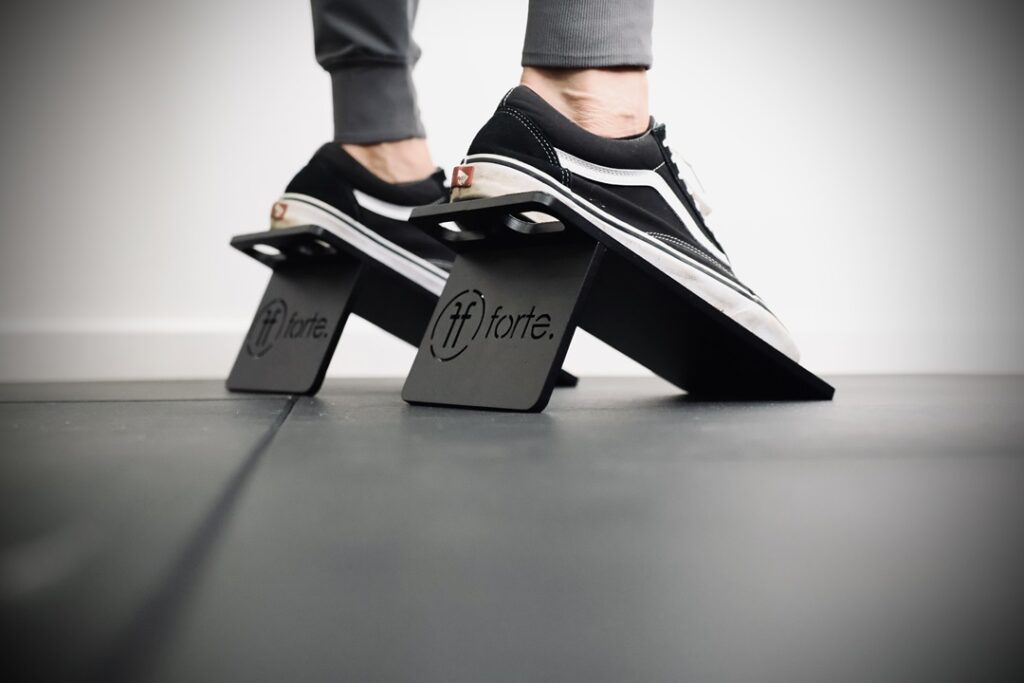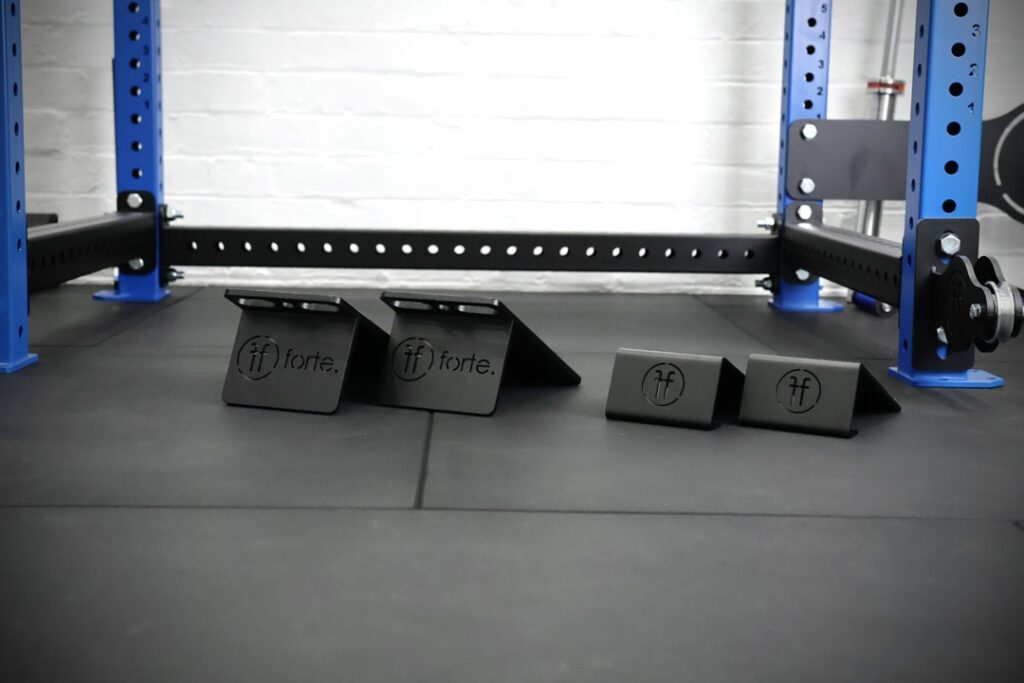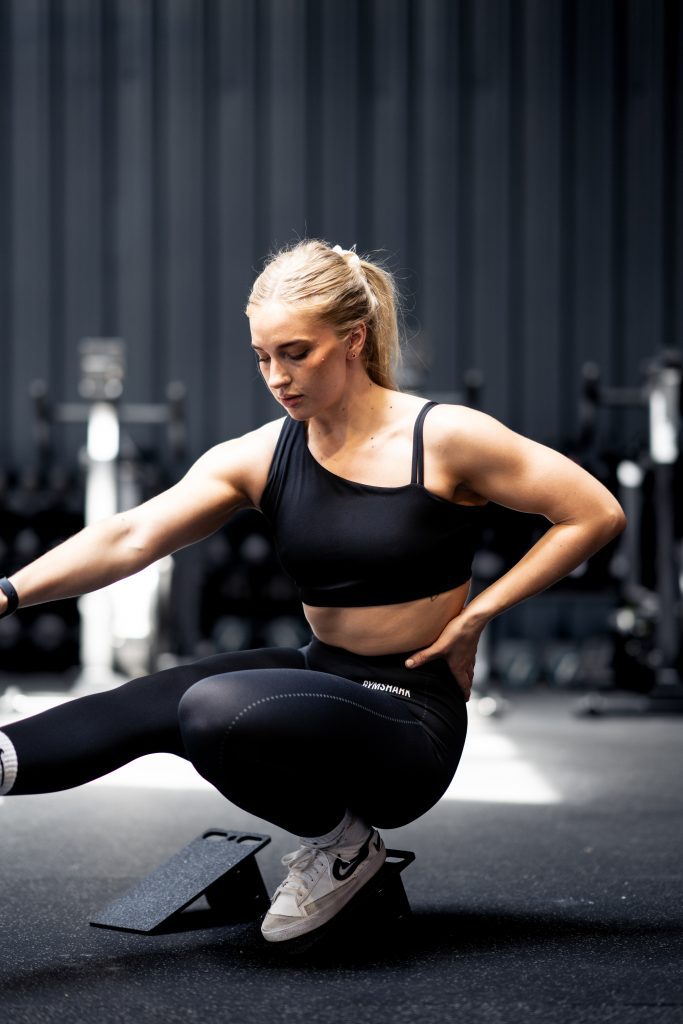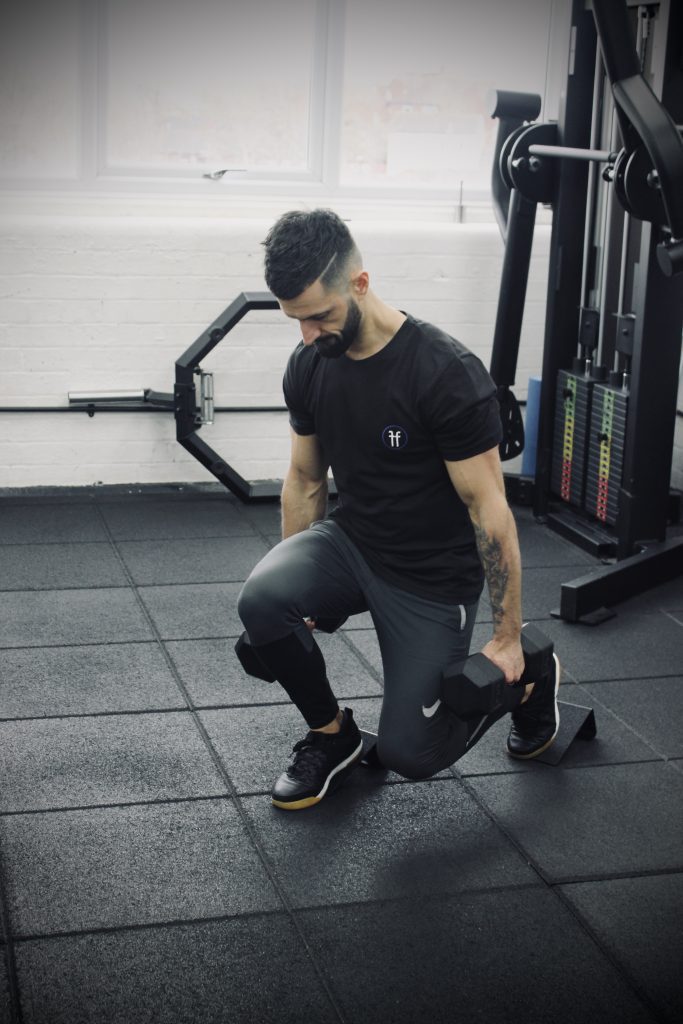How to Use Slant Doubles for Injury Prevention and Recovery

Share This Post
In fitness and exercise, prioritising injury prevention and effective recovery is essential for maintaining long-term health and optimising performance.
Fitness accessories like slant doubles, also known as slant boards are essential tools that aid in injury prevention and recovery.
Designed to elevate and incline the feet or hands, slant doubles can be pivotal in addressing muscle imbalances, improving flexibility, and supporting the recovery process.
In this comprehensive guide, we’ll explore how to effectively use slant doubles for injury prevention and recovery, offering practical tips and techniques to integrate into your routine.
What are Slant Doubles
Slant doubles are inclined boards that provide a slanted surface for performing various exercises. They are typically adjustable, allowing users to set the incline angle according to their needs.
By changing the angle of your body during exercises, slant doubles target different muscle groups and help enhance movement patterns. These boards are particularly beneficial for the lower body but can be adapted for upper body exercises as well.
The Role of Slant Doubles in Injury Prevention

Improving Ankle Flexibility and Strength
One of the common causes of lower body injuries is limited ankle flexibility and strength. Slant doubles can significantly improve ankle dorsiflexion, which is crucial for activities like running, jumping, and squatting.
By regularly using a slant double for calf stretches and ankle mobility exercises, you can enhance the range of motion in your ankles and reduce the risk of strains and sprains.
Perform a standing calf stretch on the slant double by placing the balls of your feet on the board and letting your heels drop below the level of the board. Hold the stretch for 20-30 seconds and repeat 2-3 times. Gradually increase the angle of the board to deepen the stretch.
Enhancing Lower Body Strength and Stability
Weakness and instability in the lower body can lead to various injuries, especially in the knees and hips. Slant doubles can be used to strengthen key muscle groups such as the quadriceps, hamstrings, and glutes. Exercises like squats and lunges performed on a slant double engage these muscles more intensely and help build stability.
Incorporate Bulgarian split squats or single-leg squats using a slant double to target the quadriceps and improve stability. Ensure proper form by keeping your knee aligned with your toes and maintaining a stable core.
Promoting Proper Alignment and Form
Incorrect form during exercises can contribute to injuries. Slant doubles assist in maintaining proper alignment by providing an inclined surface that encourages correct body mechanics. This is particularly beneficial for exercises like squats and deadlifts, where maintaining proper form is crucial to prevent injury.
Use the slant double to perform squats with your heels elevated. This position encourages a more upright torso and proper knee alignment. Focus on maintaining a neutral spine and engaging your core throughout the movement.
Slant Doubles for Rehabilitation

Rebuilding Strength After Injury
After an injury, it’s important to rebuild strength gradually to ensure a full recovery. Slant doubles can aid in this process by providing a controlled environment for rehabilitation exercises. Exercises such as calf raises, step-ups, and gentle squats on a slant double can help restore strength and function in the affected muscles.
Start with bodyweight exercises on the slant double and gradually progress to using light weights or resistance bands as your strength improves. Monitor your progress and avoid pushing through pain.
Enhancing Range of Motion
Limited range of motion can be a consequence of injuries and can affect overall mobility. Slant doubles can facilitate gentle stretching and mobility work to improve flexibility and range of motion. Exercises like ankle dorsiflexion stretches and hamstring stretches can be performed on the inclined board to aid in recovery.
For ankle dorsiflexion, place the foot on the slant double with the heel on the ground and gently press the knee forward to stretch the calf and Achilles tendon. Hold for 20-30 seconds and repeat as needed.
Addressing Muscle Imbalances
Muscle imbalances can contribute to chronic pain and injury. Slant doubles are useful for targeting specific muscle groups and addressing imbalances. For example, performing single-leg exercises on a slant double can help strengthen the weaker leg and improve overall balance.
Incorporate single-leg deadlifts or single-leg squats on the slant double to address imbalances. Focus on controlled movements and proper form to ensure balanced strength development.
Techniques for Effective Use of Slant Doubles

Gradual Progression
When using slant doubles for injury prevention or recovery, it’s important to progress gradually. Start with a lower incline and basic exercises to build strength and flexibility before advancing to more challenging movements or higher angles. This approach reduces the risk of overexertion and allows your body to adapt.
Begin with a 15-20 degree incline for initial exercises and gradually increase the angle as your strength and flexibility improve. Pay attention to how your body responds and adjust the intensity accordingly.
Incorporating Mobility Work
In addition to strength exercises, incorporate mobility work into your routine using the slant double. Mobility exercises help improve joint function and prevent stiffness. Perform dynamic stretches and mobility drills to complement your strength training and enhance overall recovery.
Use the slant double for dynamic ankle mobility exercises, such as ankle circles and toe taps. Combine these with static stretches for a comprehensive mobility routine.
Combining with Other Equipment
Slant doubles can be combined with other fitness equipment to create a more comprehensive injury prevention and recovery routine. For example, using resistance bands or stability balls in conjunction with the slant double can enhance the effectiveness of your exercises and target additional muscle groups.
Try performing resistance band exercises for the lower body on the slant double, such as banded squats or lateral band walks. This combination can help build strength and stability while supporting injury prevention.
Listening to Your Body
While using slant doubles, it’s crucial to listen to your body and avoid pushing through pain or discomfort. If you experience sharp pain or excessive soreness, stop the exercise and consult a healthcare professional if needed. Adjust the intensity and duration of your workouts based on your individual needs and recovery progress.
Keep a workout journal to track your progress and note any discomfort or pain experienced during exercises. This can help you identify patterns and make necessary adjustments to your routine.
Integrating Slant Doubles into Your Routine

Warm-Up and Cool-Down
Incorporate slant doubles into your warm-up and cool-down routines to prepare your body for exercise and aid in recovery. Use the board for gentle stretching and mobility exercises before your workout, and perform static stretches on the slant double after your session to promote flexibility and reduce muscle soreness.
Perform a 5-10 minute warm-up using the slant double, focusing on dynamic stretches and mobility drills. Follow your workout with a 5-10 minute cool-down, incorporating static stretches and relaxation techniques.
Rehabilitation Programs
For individuals undergoing rehabilitation, slant doubles can be incorporated into your prescribed exercise program. Work with a physical therapist to develop a customised plan that includes slant double exercises tailored to your specific injury and recovery goals.
Follow the recommendations of your physical therapist and use the slant double as directed in your rehabilitation program. Communicate any concerns or difficulties with your therapist to ensure a safe and effective recovery process.
Home Gym Setup
If you have a home gym, make sure to include a slant double as part of your equipment. Its versatility and compact design make it a valuable addition to any home workout space. Place the slant double in a convenient location where you can easily access it for various exercises.
Create a dedicated space in your home gym for the slant double and other essential equipment. Organise your workout area to ensure easy access and promote consistency in your exercise routine.
Choosing the Right Slant Double

Adjustability
Select a slant double with adjustable angles to accommodate various exercises and progression levels. Adjustable boards offer greater versatility and can be customised to suit your specific needs and preferences.
Look for slant doubles with multiple incline settings and secure locking mechanisms to ensure stability during use.
Durability and Safety
Choose a slant double made from high-quality materials that can withstand regular use. The board should have a non-slip surface to prevent accidents and ensure safety during exercises.
Inspect the slant double for any signs of wear and tear, and ensure that it remains stable and secure during use. Follow the manufacturer’s guidelines for maintenance and care.
Size and Portability
Consider the size and portability of the slant double, especially if you have limited space or plan to use it in different locations. Compact and lightweight models are easier to store and transport.
Opt for a slant double with a foldable or collapsible design if space is a concern. Ensure that the board is easy to transport and set up for convenient use.
Conclusion
Slant doubles are more than just a fitness accessory, they are a valuable tool for injury prevention and recovery.
By enhancing flexibility, strengthening key muscle groups, and promoting proper alignment, slant doubles can play a crucial role in maintaining long-term health and performance.
Whether you’re recovering from an injury or looking to prevent future issues, incorporating slant doubles into your routine can provide significant benefits.
With a focus on gradual progression, mobility work, and combining with other equipment, you can maximise the effectiveness of slant doubles in your fitness regimen.
By choosing the right slant double and integrating it into your warm-up, cool-down, and rehabilitation programs,

More To Explore
The Ultimate Guide to Skipping: Unlocking Strength, Balance, and Stress Relief with a flow rope
Flow rope training is a dynamic workout method that involves using a thick braided rope to create rhythmic, fluid movements. Unlike traditional jump rope exercises, a flow rope workout doesn’t necessarily require jumping. Instead, you move with the rope rather than against it, making it an excellent workout for balance, coordination, and relaxation. Popular among
The Benefits of Training with a Weighted Vest: Boost Your Strength and Endurance
Integrating a weighted vest into workout routines is an increasingly popular fitness strategy aimed at enhancing the effectiveness of various exercises. This comprehensive guide examines how weighted vests can significantly boost physical fitness by increasing the intensity of workouts, details the potential risks, and offers insights into maximising benefits while minimising potential drawbacks. What is